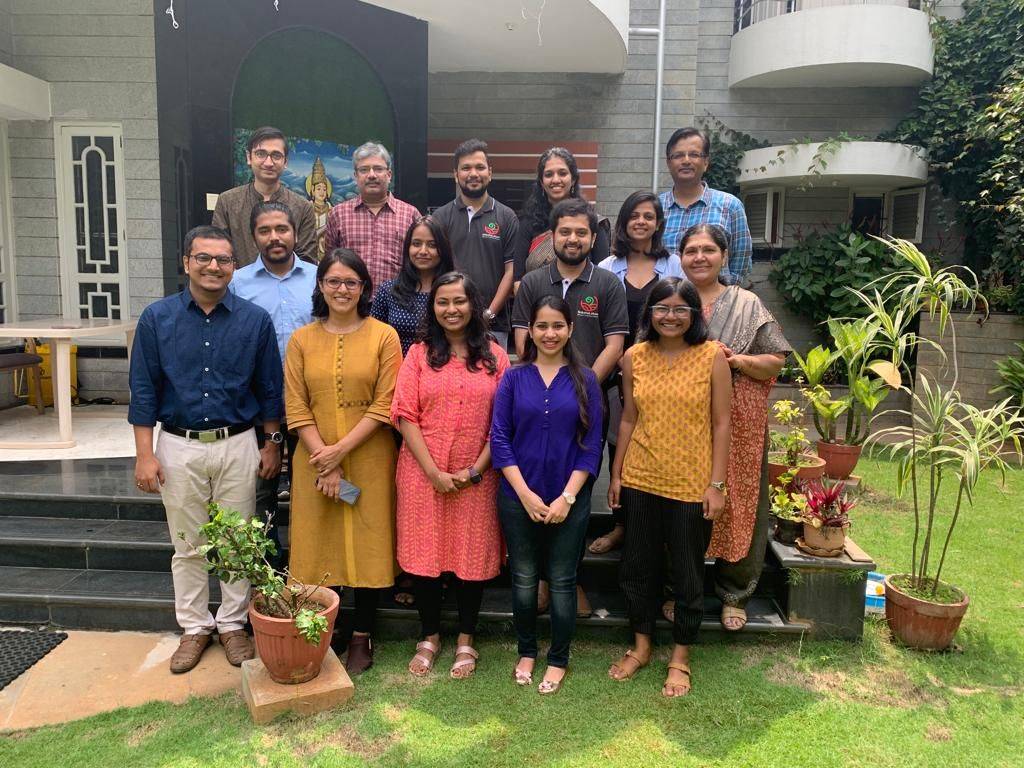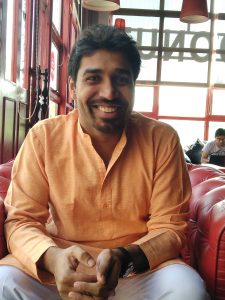
Heart of Innovation
Articulating a Clear Problem Statement
Ask anybody what innovation is – a simple, logical answer would be ‘a new solution’. They are correct: a problem requires a solution. But the best way forward is to begin at the roots. We need to come up with the right problem.
When Infosys was scaling up in the 90s, Narayan Murthy started a research centre focused on innovation. Problem solving and innovation have always interested me, therefore I hustled my way into the team. There, I came across many problem statements – most relevant even today.
Let me quickly share one of the most persistent ones: procuring visas for employees to work with international clientele.
Decoding A Problem Statement
A problem as complicated as this was not easy to solve. It had layers to it – first getting the visas itself since there were different factors involved (policies), and then of scale (a very large number of employees needed to be sent abroad).
To solve a complex problem such as this, one needs to pause and ponder in order to eventually arrive at an innovative, effective solution. This is contrary to ‘finding appropriate solutions for a given problem’ – which almost results in an existing solution being utilised with the tools that we already have – an anti-innovation.
The heart of innovation is thus a clear, definitive problem statement. Building up to problem statements requires patience, allowing the problem statement to churn itself in the mind. This exercise is heavenly and requires a keen eye or some previous experience.
Ways to Define A Problem Statement
One way to go about it is to view the problem from the perspective of a user who has experienced the problem, to understand their views and requirements. Talk to stakeholders, do field visits. Be empathetic to the needs of your users.
Another way is to seek interpretations [of the problem] from a person from a different domain, immersed in a different discipline, who will bring a perspective entirely different from our own. For instance, the perspective of a technologist will add a new way of seeing things over an economist’s, initially where the problem was viewed through only one lens. Even outside the problem defining/ solving process, we should surround ourselves with people who disagree with us.
However, with different perspectives also comes the challenge of accommodating everyone’s interests and ideas. To compromise between different interests is the last thing we want. The differences need to be integrated, rather than ironed away.
Micro Improvements – the sustainable way
Once we create a common goal, we can move forward by taking small steps. This is feasible and especially recommended in the education domain. Defining and solving a problem in the domain is difficult. One has to consider a range of influencing factors in addition to accommodating the lack of precise socioeconomic indicators. While not all innovations will lead to success, small steps or movements can eventually lead to a systemic change. Chipping away at the problem at its root always helps.

Meet the Author

Luv Kumar
Having fallen in love with stories in his childhood, Luv makes his living as a storyteller. He strongly believes in the power of stories to make this world a better place. Luv currently manages communications at ShikshaLokam to drive collective action for enabling education leadership. He is a Teach for India Alum and has also worked with non profit education startups & media agencies in the past

Luv Kumar
Having fallen in love with stories in his childhood, Luv makes his living as a storyteller. He strongly believes in the power of stories to make this world a better place. Luv currently manages communications at ShikshaLokam to drive collective action for enabling education leadership. He is a Teach for India Alum and has also worked with non profit education startups & media agencies in the past
